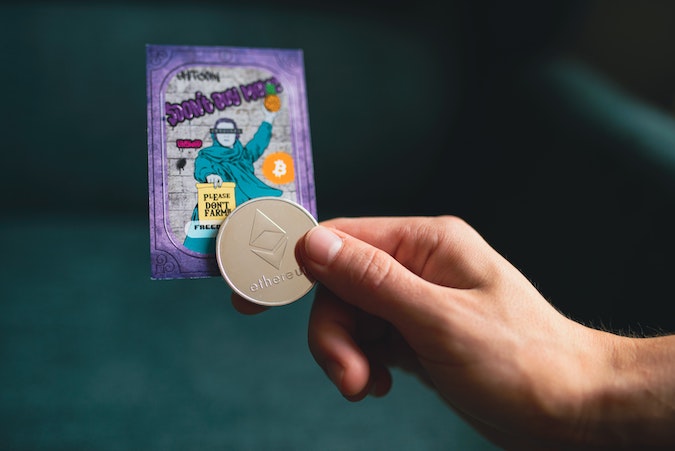Carolyn Thompson, Associated Press
WILLIAMSVILLE, N.Y. (AP) — Teachers from elementary school through college are telling students how to distinguish between factual and fictional news — and why they should care that there’s a difference.
As Facebook works with The Associated Press, FactCheck.org and other organizations to curb the spread of fake and misleading news on its influential network, teachers say classroom instruction can play a role in deflating the kind of “Pope endorses Trump ” headlines that muddied the waters during the 2016 presidential campaign.
“I think only education can solve this problem,” said Pat Winters Lauro, a professor at New Jersey’s Kean University who began teaching a course on news literacy this semester.
Like others, Lauro has found discussions of fake news can lead to politically sensitive territory. Some critics believe fake stories targeting Democratic presidential nominee Hillary Clinton helped Donald Trump overcome a deficit in public opinion polls, and President Trump himself has attached the label to various media outlets and unfavorable reports and polls in the first weeks of his presidency.
More>>



